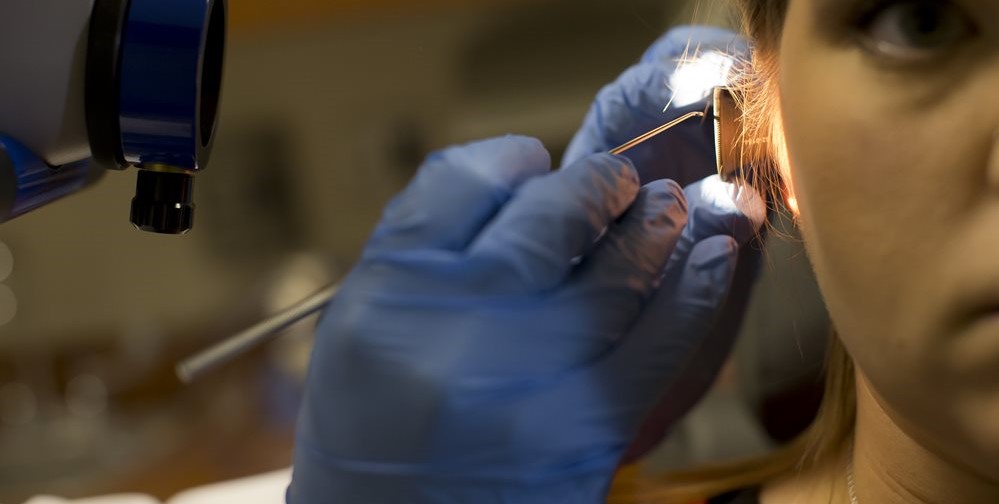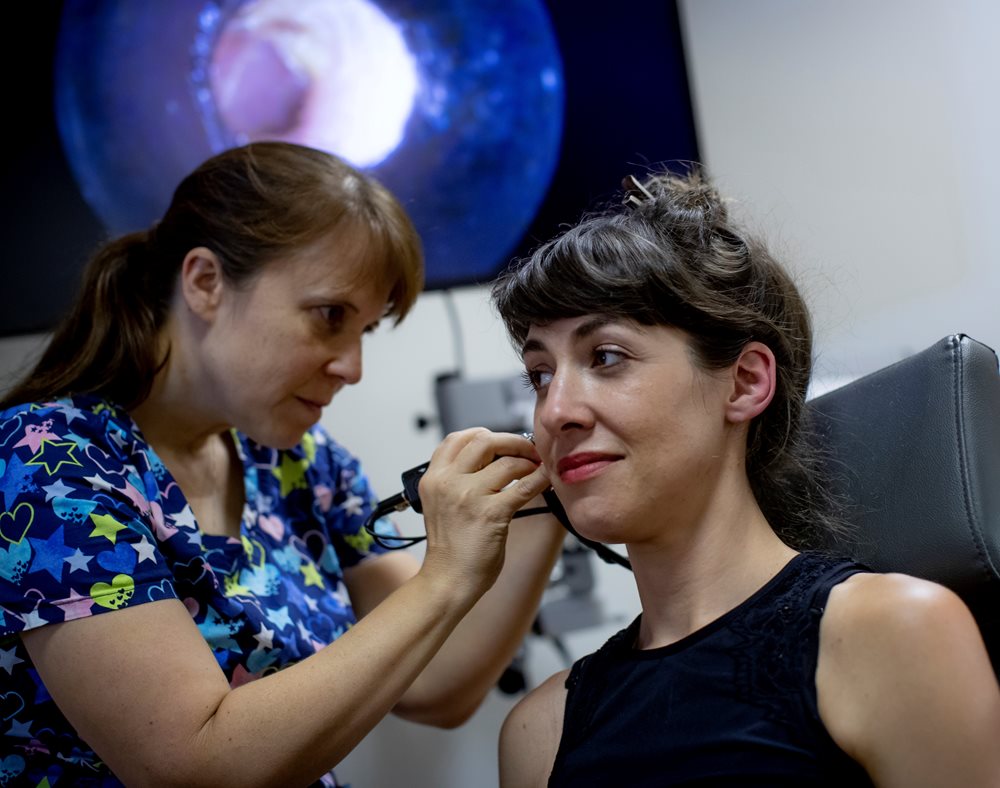
What many people don’t realize is that ear wax (cerumen) is important for ear health. The wax lubricates the delicate skin in your ear, keeping it moisturized. It can also stop debris like bugs or dirt from entering the ear. It’s normal for your body to produce it, and it actually helps protect your ears. If you didn’t have earwax, your ears would probably be itchy and dry.

Most people don’t need to do anything to remove ear wax beyond their daily shower routine. However, some people may overproduce ear wax, which can plug the ear canal and cause earaches, infections, and other problems. An excess of earwax can result in some hearing loss, which typically resolves once the wax is removed. Ear wax removal should only be done by a licensed audiologist or a physician who has been trained to remove ear wax.
If your problem isn’t serious, but you do feel like you have too much earwax buildup, it is safe to gently clean the outside of your ears with a washcloth. You also can try putting a few drops of baby oil, hydrogen peroxide, mineral oil, or glycerin in your ear to soften the wax, as long as your physician feels that it is safe for you to use these methods. Most over-the-counter wax removal kits are effective at softening wax so it can work its way out of the ear naturally.
Audiologists caution people about unsafe ear wax removal practices. In particular, Ear candling is not only ineffective at removing ear wax, but candle wax can also potentially deposit into the ear, cause an increased risk of burns to the ear, face, and scalp as well as an increased risk of puncturing the ear drum.
 Q-tips can push wax further into the ear canal, which can cause impaction, discomfort, or a rupture in the ear drum. If the wax gets pushed too far into the ear canal, it could require surgical intervention. If left untreated, long-term complications can even lead to infections or hearing loss.
Q-tips can push wax further into the ear canal, which can cause impaction, discomfort, or a rupture in the ear drum. If the wax gets pushed too far into the ear canal, it could require surgical intervention. If left untreated, long-term complications can even lead to infections or hearing loss.
If you have excessive earwax, make an appointment with an audiologist to have it properly removed. Audiologists at the Pennsylvania Ear Institute (PEI) can remove earwax safely through one of three methods: irrigation, suction, or instrumentation. The audiologist will assess the seriousness of the ear wax buildup before deciding what actions to take. Removing earwax generally doesn’t hurt. You won't need anesthesia or pain medicine when PEI’s expert audiologists remove the earwax.
To schedule an appointment with one of the Pennsylvania Ear Institute’s (PEI) audiologists, please call 215.780.3180.